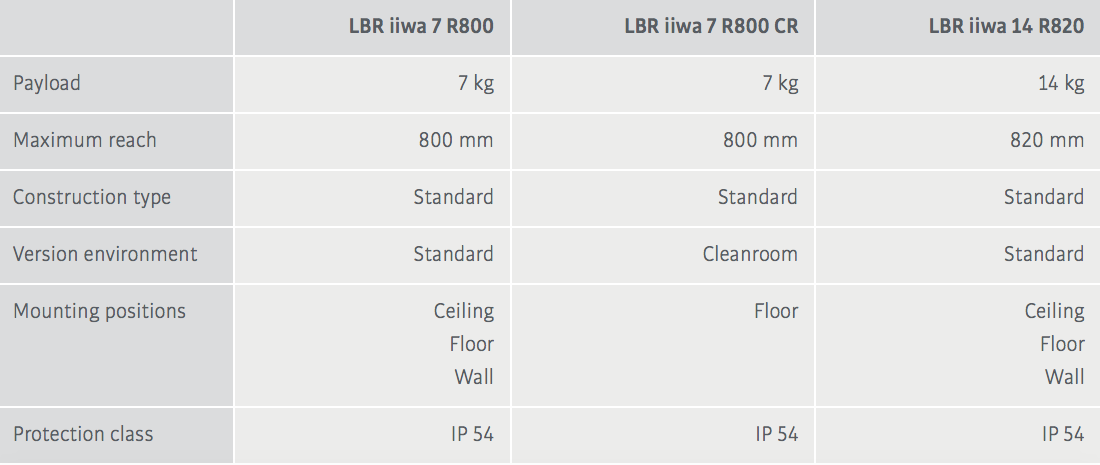Human workers typically install headlights and fog lights in automotive factories, a task that can lead to physical stress and injuries. Ford Vehicle Operation Manufacturing Engineering, Dürr Assembly Products, and KUKA AG have jointly developed an automated approach as part of a feasibility study.
While stooped over, a human operator must search for a hard-to-reach opening to adjusting the screws in the bumper area. Once he or she has found the adjusting screw, the worker must position the tool on it extremely carefully without damaging the adjustment opening on the bumper.
Solution
The Ford Vehicle Operation Manufacturing Engineering (VOME) feasibility study used two KUKA LBR iiwa collaborative robot arms. They autonomously adjusted the fog lights, enabling humans and robots to work on the same vehicle without additional safety equipment.
While the human operator adjusts the conventional headlights, the KUKA LBR iiwa cobot adjusted the hard-to-reach fog lights.
Using its joint torque sensors, the LBR iiwa cobots detected contact immediately and reduced their level of force and speed. These characteristics made it possible to work with human operators in confined spaces. And with its servo control, the cobots detected contours quickly under force control.
The LBR iiwa used an end effector developed by Dürr, which consists of a camera system and a screwdriver. It positioned the screwdriver according to the hole coordinates acquired by the camera system. The adjusting screw itself is located approximately 80mm (3.14 in.) behind the hole in the bumper. The cobot then positioned the adjustment tool into the screw head.
Redundant safety was provided by the heavy-duty aluminum gantry from Dürr Assembly Products. The KUKA LBR iiwa was positioned in a ride-on installation above the light collecting box directly in front of the headlight to be adjusted.
After the adjustment was finished on one side, the same process was repeated on the other side of the vehicle.

A KUKA LBR iiwa cobot positions a screwdriver according to hole coordinates acquired by the camera. Source: KUKA
Results at Ford
Two KUKA LBR iiwa cobots are already in use in four headlight/driver assistance system test stands for the Ford Focus C519 at the automaker’s plant in Saarlouis, Germany.
The automated system offers several advantages to manufacturers, such as reducing strain on human workers from an ergonomically-unfriendly task and improving the quality of the fog light adjustments.
The automated system also saves valuable time for by entire light-adjustment process. While the foglight on one side of a vehicle is being adjusted by the KUKA LBR iiwa cobot, a human is simultaneously adjusting the main headlight on the other side.

KUKA LBR iiwa cobot comparison. Source: KUKA
To see more examples about how cobots can help businesses, check out the case study section on sibling site Collaborative Robotics Trends.





Tell Us What You Think!